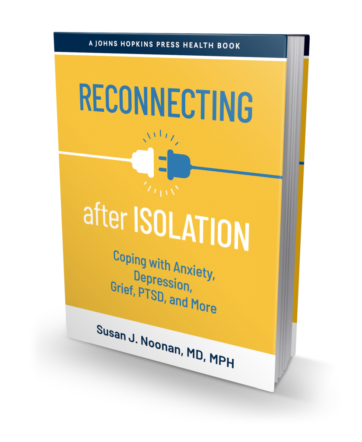On Saturday, May 16th there was an editorial in the New York Times entitled “No Longer Wanting To Die”. The author is Will Lippincott, a man who has had depression for many years, struggled with suicidal thoughts and found that Dialectical Behavior Therapy (DBT) was a lifesaving treatment for him. I applaud Mr. Lippincott for his bravery in speaking out and for his success with DBT.
Dialectical Behavior Therapy is a kind of psychotherapy, or talk therapy, where certain life skills are taught in a series of small group sessions. It was originally begun by Marsha Linehan as a treatment for those with borderline personality disorder and now has been considered to be useful for other mental health conditions such as depression. DBT has four modules, or skill sets, which include: mindfulness, emotion regulation, distress tolerance, and interpersonal effectiveness. I recommend DBT to many people.
Personally, I do not agree with Mr. Lippincott that DBT is a cure-all for suicidal thoughts and intentions. Suicide is often considered an impulsive action in a troubled person who sees no way to change his or her painful circumstances, who sees no way out. It is an urgent action in response to an intolerably painful emotion. Theoretically, there are components of DBT that could be helpful to a person contemplating suicide. These include distress tolerance and emotion regulation. Distress tolerance skills are those designed to help a person through the moment of a crisis, not agreeing with but accepting life as it is. Emotion regulation skills begin with identifying the emotion at hand, the associated behaviors, and then taking steps to change the emotion. DBT skills are learned techniques that take time and conscious, organized effort to implement. I do not believe that a person in the midst of a suicidal thought or crisis is able to access these DBT skills. The chaos and emotional storm he is in interferes with his ability to do so, and he may not even care to make the effort. He/she is too fatigued and distraught to do so, probably does not care to retrieve them from the back of his inner mind at the time, probably cannot even find them. Maybe if a person were particularly masterful and advanced in using DBT skills it would be different, but most people are not in that position. In addition, Marsha Linehan in her Skills Training Manual, recommends that if a person is suicidal the primary psychotherapist should be contacted and a crisis intervention plan be followed.
Suicide is one of the greatest tragedies known to us and claims approximately 41,000 lives each year in the United States (National Institute of Mental Health, 2015). If you feel unsafe or are in danger of harming yourself or are considering suicide, you need to call your mental health treatment provider immediately, go to the nearest Emergency Department, or call 9-1-1.
Stay well!

